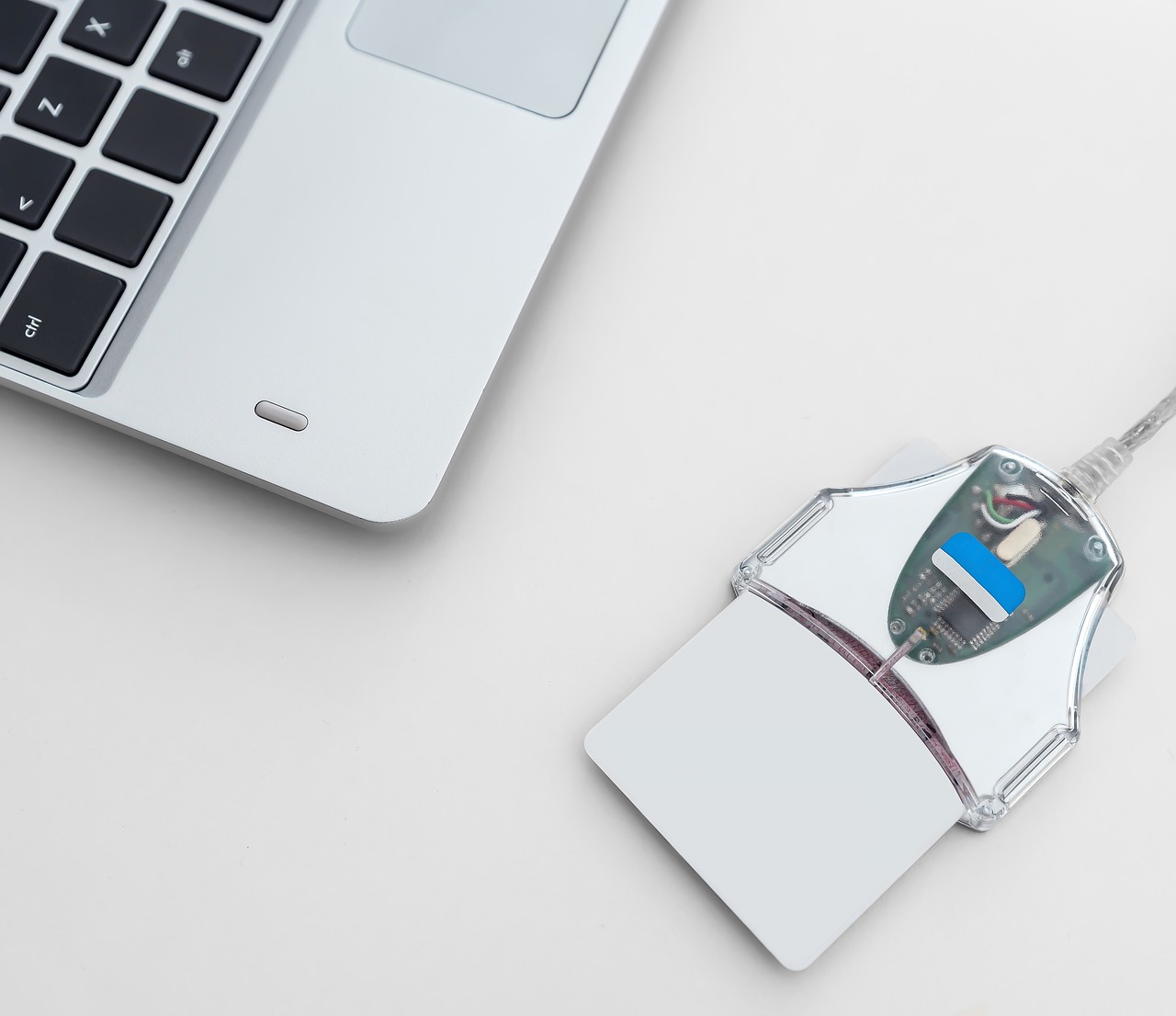A national ID is a unique identification number or card issued by a government to its citizens for identification purposes. It serves as a means of verifying an individual’s identity and is used in various government and administrative processes. The national ID system is designed to streamline government services, enhance security, reduce fraud, and improve efficiency in sectors such as healthcare, voting, and financial transactions.
The national ID number or card contains essential information about the individual, including their name, date of birth, and address. In some cases, it may also include biometric data such as fingerprints, iris scans, or facial recognition. This information is securely stored in a centralized database, ensuring privacy and protection against unauthorized access.
With a national ID, citizens can easily access government services and benefits, vote in elections, and carry out financial transactions. It eliminates the need for multiple identification documents and reduces the risk of identity theft. Additionally, the national ID system enables efficient data management and verification processes, ensuring the authenticity of individuals’ identities.
The creation of a national ID involves establishing a centralized database, collecting accurate biometric and demographic information, ensuring data privacy and security, issuing unique identification numbers or cards, and implementing verification processes. These measures contribute to the overall integrity and effectiveness of the national ID system, providing citizens with a reliable and secure means of identification.
Benefits of a National ID

A national ID system offers numerous benefits that can greatly impact various sectors and improve the overall efficiency of government services. Let’s explore the advantages of having a national ID:
- Streamlined Government Services: With a national ID, citizens can easily access and avail government services such as applying for passports, driver’s licenses, and social welfare programs. The streamlined process eliminates the need for multiple identification documents and reduces bureaucratic red tape.
- Enhanced Security: National IDs provide a secure and reliable method of verifying an individual’s identity. This helps in preventing identity theft, illegal immigration, and other fraudulent activities. By implementing biometric authentication, such as fingerprint or iris scans, the system becomes even more robust.
- Reduced Fraud: National IDs make it more difficult for individuals to engage in fraudulent activities such as multiple voting, identity theft, or obtaining false credentials. The system can detect and prevent such fraudulent actions, ensuring the integrity of elections and reducing financial losses.
- Efficient Healthcare: National IDs can significantly improve healthcare services by providing accurate patient identification, reducing medical errors, and ensuring timely access to medical records. This enhances the efficiency of healthcare providers and improves patient outcomes.
- Secure Financial Transactions: National IDs enable secure and reliable identification for financial transactions such as opening bank accounts, applying for loans, or conducting online transactions. This helps in preventing financial fraud and ensures the authenticity of individuals involved.
In summary, a national ID system offers a multitude of benefits, including streamlined government services, enhanced security, reduced fraud, efficient healthcare, and secure financial transactions. By implementing a national ID system, governments can improve their overall governance and provide better services to their citizens.
How to Create a National ID
Creating a national ID is a complex process that requires several steps to ensure its effectiveness and security. The first step is establishing a centralized database that can store and manage the vast amount of data associated with a national ID system. This database should have robust security measures in place to protect the information from unauthorized access or misuse.
Once the database is in place, the next step is to collect biometric and demographic information from individuals. This includes capturing biometric data such as fingerprints, iris scans, and facial recognition, as well as gathering demographic information like name, date of birth, and address. Accurate collection of this data is crucial to ensure the uniqueness and accuracy of each citizen’s identification.
Data privacy and security are of utmost importance when creating a national ID. Strict measures should be implemented to safeguard the privacy of citizens’ data. This can include encryption of sensitive information, access controls to limit who can access the data, and regular audits to ensure compliance with privacy regulations.
Once the data is collected and secured, unique identification numbers or cards are issued to each citizen. These identification numbers or cards serve as a means of identification across various sectors such as healthcare, voting, and financial transactions. They help streamline government services and enhance efficiency in these sectors.
To ensure the authenticity of the national ID, verification processes are implemented. These can include biometric authentication, online verification systems, or physical document checks. Regular updates and audits are also conducted to maintain the accuracy and integrity of the national ID system.
Creating a national ID involves careful planning, implementation, and maintenance to ensure its effectiveness and security. By establishing a centralized database, collecting accurate biometric and demographic information, ensuring data privacy and security, issuing unique identification numbers or cards, and implementing verification processes, a national ID system can provide numerous benefits and improve various sectors of a country’s governance.
Establishing a Centralized Database

A centralized database plays a critical role in the successful implementation of a national ID system. It serves as a central repository for storing and managing the vast amount of data associated with the system. This database should be designed with robust security measures to ensure the protection of citizens’ information.
One of the primary functions of a centralized database is to store the biometric and demographic information collected from individuals during the national ID creation process. This includes data such as fingerprints, iris scans, facial recognition, as well as personal details like name, date of birth, and address.
By having all this information in one centralized location, government agencies and authorized entities can easily access and verify the identity of individuals when needed. This streamlines various government services and eliminates the need for repetitive data collection.
However, with such sensitive data, it is crucial to implement robust security measures to protect against unauthorized access or misuse. Encryption techniques should be employed to safeguard the data from being compromised. Access controls should be put in place to ensure that only authorized personnel can access the database. Regular audits and security updates are also essential to maintain the integrity and confidentiality of the information stored.
In summary, establishing a centralized database is a crucial step in the creation of a national ID system. It enables efficient storage and management of data while ensuring the highest level of security to protect citizens’ information.
Collecting Biometric and Demographic Information
Collecting biometric and demographic information is a crucial step in creating a national ID system. This process involves gathering various data points to accurately identify individuals and ensure the integrity of the identification system.
Biometric data plays a significant role in establishing a unique identity. It includes fingerprints, iris scans, and facial recognition. These biometric markers are highly specific to each individual and provide a reliable means of identification. By capturing and storing this data accurately, authorities can effectively verify a person’s identity and prevent fraudulent activities.
In addition to biometric data, demographic information such as name, date of birth, and address is also collected. This information helps in further validating an individual’s identity and establishing a comprehensive profile. It ensures that the national ID system covers all necessary details for accurate identification and authentication purposes.
To ensure the accuracy and reliability of the collected information, strict protocols and procedures must be followed. Trained personnel should be responsible for collecting and recording the data accurately. The use of advanced technology and secure databases is also essential to protect the privacy and security of individuals’ information.
Overall, the collection of biometric and demographic information is a crucial step in creating a national ID system. It enables accurate identification and verification of individuals, enhancing the overall efficiency and effectiveness of various sectors that rely on this identification system.
Ensuring Data Privacy and Security

When it comes to implementing a national ID system, one of the top priorities is ensuring the privacy and security of citizens’ data. With the increasing prevalence of data breaches and identity theft, strict measures must be in place to safeguard sensitive information.
Encryption plays a crucial role in protecting data privacy. By encrypting the stored data, it becomes unreadable to unauthorized individuals, adding an extra layer of security. Access controls should also be implemented to ensure that only authorized personnel have access to the data. This can include role-based access permissions and multi-factor authentication.
Regular audits are essential to identify any vulnerabilities or weaknesses in the system. By conducting frequent assessments, potential security risks can be identified and addressed promptly. This helps in maintaining the integrity and reliability of the national ID system.
In addition to these measures, it is crucial to have strong data protection policies in place. This includes educating citizens about their rights and the measures taken to protect their data. Transparency is key in building trust and confidence in the national ID system.
Overall, ensuring data privacy and security is of utmost importance in the implementation of a national ID system. By employing encryption, access controls, regular audits, and robust data protection policies, citizens can have peace of mind knowing that their personal information is secure and protected.
Issuing Unique Identification Numbers or Cards
Issuing unique identification numbers or cards is a crucial step in the creation of a national ID system. Once all the necessary data, including biometric and demographic information, has been collected, it is important to assign each citizen a unique identification number or card. This identification number or card serves as a means of identification across various sectors, such as healthcare, voting, and financial transactions.
Assigning a unique identification number or card ensures that each citizen has a distinct identifier that can be easily recognized and verified. This helps in streamlining government services and improving efficiency in different sectors. For example, when accessing healthcare services, presenting the national ID card can help healthcare providers quickly retrieve the individual’s medical records and provide appropriate treatment.
In addition to identification purposes, the unique identification number or card can also be used for authentication and verification purposes. For instance, when conducting financial transactions, the national ID card can be used as a proof of identity, ensuring the security and accuracy of the transaction.
To facilitate the issuance of unique identification numbers or cards, a centralized database is essential. This database stores and manages the information associated with each citizen’s identification number or card. It is crucial to ensure the security and privacy of this database to protect citizens’ personal information from unauthorized access or misuse.
Overall, issuing unique identification numbers or cards is a vital component of a national ID system. It provides citizens with a reliable and secure means of identification, enabling them to access various services and participate in different sectors of society.
Implementing Verification Processes
To ensure the authenticity of the national ID, various verification processes can be implemented. These processes play a crucial role in maintaining the integrity of the identification system and preventing identity fraud. Here are some commonly used verification methods:
- Biometric Authentication: Biometric authentication involves using unique physical or behavioral characteristics of an individual, such as fingerprints, iris scans, or facial recognition, to verify their identity. This method provides a high level of accuracy and security, as these biometric features are difficult to replicate or forge.
- Online Verification Systems: Online verification systems utilize advanced technology and databases to verify the authenticity of an individual’s national ID. This can involve cross-referencing the provided identification details with official records or conducting real-time checks against government databases.
- Physical Document Checks: Physical document checks involve examining the physical national ID card or document to ensure its authenticity. This can include checking for security features such as holograms, watermarks, or special printing techniques that are difficult to replicate.
Regular updates and audits are essential to maintaining the accuracy and effectiveness of the verification processes. This includes regularly reviewing and updating the verification systems, ensuring they are up-to-date with the latest security measures and technology advancements. Additionally, conducting periodic audits helps identify any potential vulnerabilities or weaknesses in the system and allows for necessary improvements to be made.










